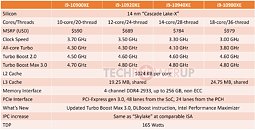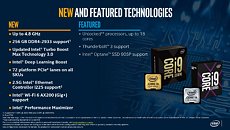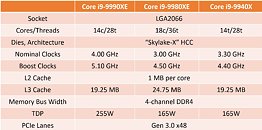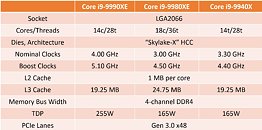GMKtec K10 mini PC Launched With Up to Intel Core i9 CPU, 96 GB Memory, 12 TB Storage
Mini PCs that prioritize performance over anything else are far from hard to find. Most such systems opt for high-end laptop chips instead of desktop ones, which is to be expected considering that there is quite a lot of overlap in terms of thermal expectations between the two segments - in other words, both have to deal with limited thermal headroom. The newly launched K10 mini PC from the well-known brand GMKtec is no exception, and packs the Intel Core i9-13900HK CPU paired with up to 96 GB of memory. Pricing details are under wraps as of this writing, and the system is available for pre-order in China. A global release in not in sight, although GMKtec does like to bring many of its products to the global market.
The 14-core, 20-thread Core i9-13900HK CPU may be over two years old at this point, but is far from a slouch. With performance that is almost neck-and-neck with the Core Ultra 9 185H, the high-end Raptor Lake-H is more than sufficient for the vast majority of intensive workloads that one might throw its way. Dual SODIMM slots are present, which can accommodate up to 96 GB of DDR5-5200 memory, Moreover, the K10 sports a whopping three M.2 2280 slots, which allows the system to pack up to 12 TB of solid-state storage. A pretty decent cooling system is also present, the performance of which, however, can only be established once independent reviews arrive.
The 14-core, 20-thread Core i9-13900HK CPU may be over two years old at this point, but is far from a slouch. With performance that is almost neck-and-neck with the Core Ultra 9 185H, the high-end Raptor Lake-H is more than sufficient for the vast majority of intensive workloads that one might throw its way. Dual SODIMM slots are present, which can accommodate up to 96 GB of DDR5-5200 memory, Moreover, the K10 sports a whopping three M.2 2280 slots, which allows the system to pack up to 12 TB of solid-state storage. A pretty decent cooling system is also present, the performance of which, however, can only be established once independent reviews arrive.



















